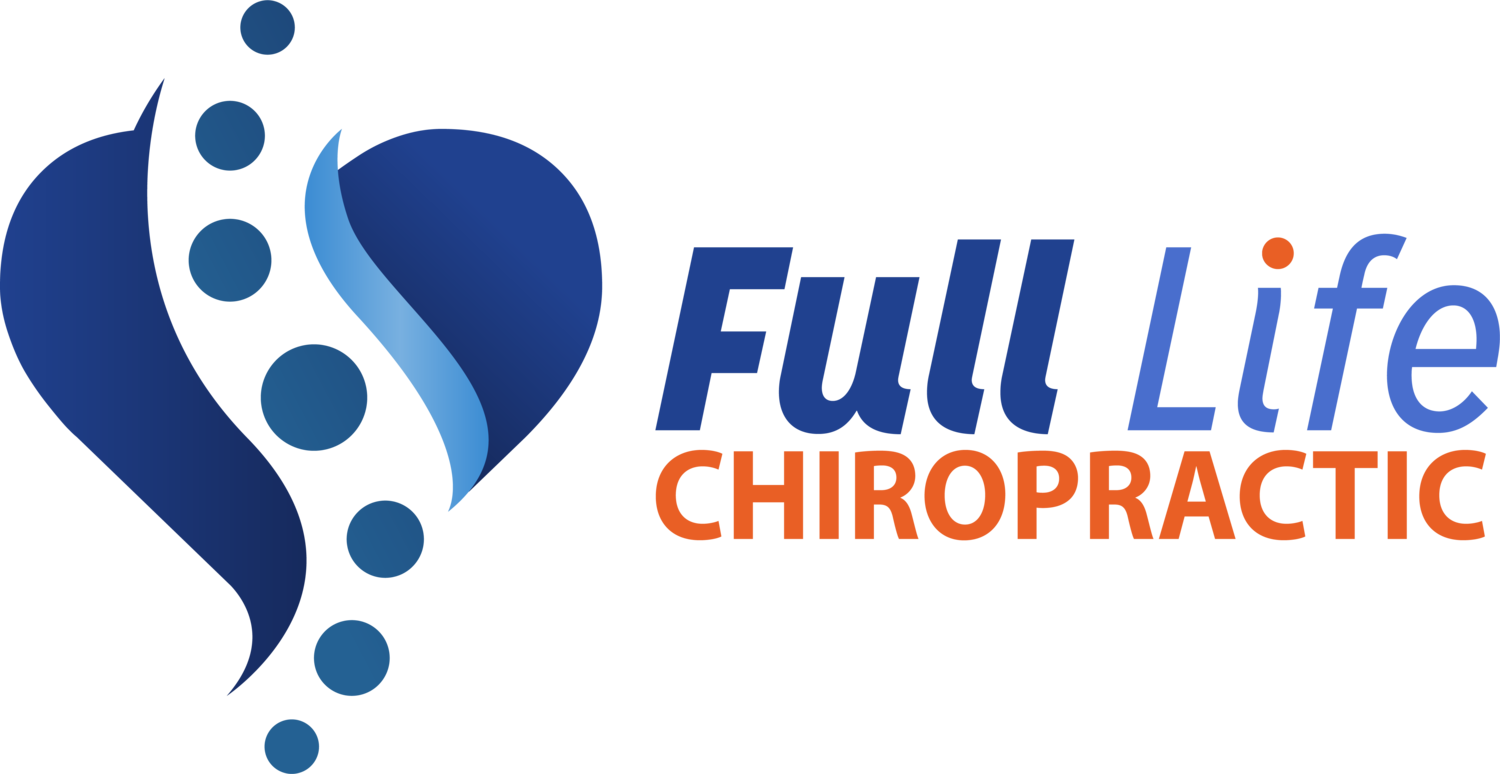BLOOD PRESSURE
Chiropractic reduces blood pressure
A study in the Journal of Manipulative and Physiological Therapeutics in December, 1988 reports that patients under active chiropractic care expeienced significant decreases in elevated blood pressure.
In the study, each patient was randomly assigned to one of three groups: those receiving active chiropractic care, placebo chiropractic care or no chiropractic care.
According to the authors, results indicated that elevated “blood pressure decreased significantly in the active [chiropractic care group], whereas no significant I changes occurred in the placebo and control [groups].”
An October 1993 study in the same journal reports that patients under chiropractic care who are taking high blood pressure medication may experience their blood pressure dropping too far below nonnal. .
As a result of this study, the authors advised that these patients should be monitored by their medical doctor for any downward adjustments in their medication.
Blood pressure goes down after chiropractic adjustments
An interesting study in the August, 1988 issue of the Journal of Manipulative and Physiological Therapeutics found that blood pressure in test subjects dropped significantly after they received a chiropractic adjustment.
The study was conducted with 75 students undergoing routine chiropractic health care at the Palmer College of Chiropractic Clinic. The goal of the study was to find out if chiropractic adjustments caused any significant changes in blood pressure.
The subjects divided into two groups, the first were adjusted and the second simply had their spines examined. Both groups had their blood pressure tested immediately before and immediately after their adjustment or exam. The doctors measuring blood pressure did not know if the subjects had been adjusted or merely examined.
Both systolic and diastolic (the upper and lower numbers in the blood pressure measurement) were statistically significantly lowered (10-20 points) in the subjects who were adjusted.
Chiropractic care helps restore your body’s normal, homeostatic balance by adjusting misalignments of the vertebra (subluxations) that cause interferences to your nervous system, interferences that can stop your body from working the way it should. Everyone with a spine is subject to subluxations and should be regularly checked by their chiropractor.
Objective Physiologic Changes and Associated Health Benefits of Chiropractic Adjustments in Asymptomatic Subjects: JVSR 2004
Statistically significant improvements in:
Respiration, motion, heart rate variability, autonomic function, enrocrine function, cariovascular function, immune function, muscle strength, athletic ability, neuro-cognitive function, reaction times, visual acuity, stress, reproductive hormones, healing time, recovery time, reduction in labor complications and times.
Influence of a cervical mobilization technique on respiratory and cardiovascular function. McGuiness J, Vicenzino B, Wright A. Manual Therapy, Nov. 1997; 2(4), pp.216-20.
This study involved a non-chiropractic manipulation to pain-free volunteers to see if the sympathetic nervous system would be affected.
The researchers found a significant increase in respiratory rate, heart rate, systolic and diastolic blood pressure occurred during application of the technique to C5/6, when compared to control and placebo conditions.
Comments by Dr. Koren: the presence of a subluxation was not determined nor was the correction of a subluxation determined. This research showed that there was a relationship between autonomic function and spinal integrity.
Systemic effects of spinal lesions. Dhami MSI, DeBoer KF In Principles and Practice of Chiropractic, 2nd edition, Appleton and Lange, East Norwalk, CT 1992.
The authors list “organic disorders reported to be related to spinal lesions or affected by chiropractic manipulation.” These include: abdominal discomfort, asthma, Barre-Lieou syndrome, cardiac arrhythmia, colic, constipation, dysmenorrhea, high blood pressure, low-blood sugar and hyperinsulinism, migraine, pulmonary diseases, ulcers, vertebral autonomic dysfunction.
ECG improvements following the treatment combination of chiropractic adjustments, diet, and exercise therapy. Lott GS, Sauer AD, Wahl DR, Kessinger J. Chiropractic: The Journal of Chiropractic Research and Clinical Investigation Vol. 6 No. 2, July 1990.
This paper presents the effects of chiropractic adjustments on the cardiac dysfunctions of four people as monitored by ECG. Patients with varying symptoms had a baseline ECG taken and received chiropractic adjustments. A follow-up ECG showed three of the four patients improved. They also reported lowered blood pressure, decreased ischemia of the myocardium, and better sleep habits accompanying the improved ECG readings.
Short-term power spectrum analysis of heart rate variability of chiropractic students in college. Zhang, J. Chiropractic Research Journal, Vol. Vll, No. 2, Fall 2000
Heart rate variability (HRV) is a new way of measuring the relative health of the autonomic nervous system (ANS). The ANS regulates the function of internal organs.
In this study 27 students, aged 22 to 49 years old had their HRV measured 4 times in a 12 month period. After one year of chiropractic care a significant decrease in heart rate and increase in sympathetic system activity was noted.
Jarmel M, DC, Zatkin J, PhD, et al., “Improvement of Cardiac Autonomic Regulation Following Spinal Manipulative Therapy,”
Dr.’s Jarmel and Zatkin showed that mechanical irritation of the upper thoracic vertebral joints (the vertebrae between your shoulders) may create a source of unbalanced cardiac sympathetic nerve activity. The results of their study with patients who had dysrhythmic cardiac abnormalities showed significant, enhanced cardiac balance following just one month of chiropractic care. A positive trend was also noted in ventricular beats—ST segment events, maximum time of ST depression and elimination of after- depolarization’s.
